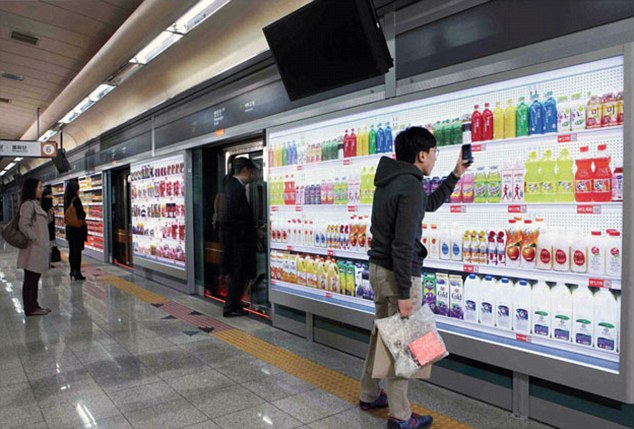Franchising, retail, business

09/06/2015
By Thom Blischok, Chief Retail Strategist, Senior Executive Advisor at Strategy&, a unit of PwC
Jennifer Mantini, Partner, PwC US
Leanne Sardiga, Partner, PwC US
With the rise of omnichannel retailing, today's consumers are demanding seamless access to an assortment of products, including their groceries, through the channels that are most convenient to them. As mobile apps, grocery delivery services and online supermarkets give shoppers multiple options—alongside competition from farmers' markets, urbanized grocery formats and convenience stores—shoppers are becoming more agnostic about where they purchase their groceries.
So how can traditional supermarkets keep pace with the evolving consumer? To stay competitive, grocery retailers should aim for a new model of retail that focuses on the overall shopping experience.
Grocery retailers are creating more intimate and innovative shopping experiences tailored to individual shoppers, emphasizing fresh, organic and prepared food options, as consumers distance themselves from traditional supermarkets. According to PwC and Strategy&'s "An Appetite for M&A: How food companies can buy and sell their way to competitive advantage" large, diversified food retailers are struggling to compete with smaller brands that are alluring consumers who seek fresh and flavorful foods. Meanwhile, big chains are actively pursuing relationships with smaller niche retailers and taking advantage of their large inventories to offer a vast assortment of food and consumer goods.
Supermarkets plan to add 290 million sq. ft. of retail space by 2025. But how will grocers adapt to changing consumer habits and the evolving grocery landscape within this time?
Some grocery chains have not been able to successfully evolve. We've seen a wave of consolidation among grocery chains in the last two years, rising popularity in other non-traditional stores for groceries, such as dollar stores and convenience stores, and an active interest by private equity. We see continued consolidation and repositioning ahead, as PwC has been helping grocery companies assess their strategic choices, including potential merger and acquisition avenues.
Supermarkets are embracing technologies that elevate their digital and omnichannel footprints to better engage with their consumers. These platforms allow shoppers to manage grocery lists and loyalty points; order online and pick up in store, or choose home delivery options; add ingredients to their online shopping cart directly from recipes; view nutritional information; and customize orders. Grocers analyze this information to gain insight into user behavior so that they can offer competitive prices, enhance mobile payment methods, customize deal offerings and better manage inventory.
Supermarkets are also shifting their focus from products to services. They're quickly learning that what they sell in the store isn't as important as how the consumer acquires the product.
Retailers are monetizing on this trend by reformatting their stores to make certain brands and product offerings more conveniently accessible to the busy shopper. They are also introducing convenient services that allow customers to easily select products based on lifestyle and occasion. In the future, consumers can expect the physical grocery retail store to be comprised of experiential services, including amenities such as in-store dining, cooking classes and shelving model changes.
In grocery retail today, shoppers are more cautiously treading through supermarket aisles and taking a price conscious "every dollar counts" approach—quickly grabbing only a handful of products on a need basis every trip. As a result, trips will increase, shopping carts will likely drop and pantries will shrink.
As consumer habits transform, grocers are learning that their consumer base is not one homogeneous group of shoppers, but instead can be divided into two categories: "survivalists," who make under $50,000 a year and prefer large selections, and "selectionists," who have higher disposable incomes and an appetite for specialty products. Supermarkets should tailor their offerings toward the specific needs of survivalists and selectionists. Grocery retailers should constantly reinvent their services and deals to cater to the shopper on a personal basis, instead of mass mailing the identical, weekly promotions and grocery catalogues to their audience of shoppers.
There is no doubt that traditional supermarkets are undergoing a transformation. As baskets shrink and shopping trips increase, food and consumer goods retailers will continue to mold their offerings and business models to create one, centralized shopping experience.
Fonte:http://www.fierceretail.com/story/future-supermarkets-defining-grocery-shopping-experience/2015-06-09